Kategori: In English
-
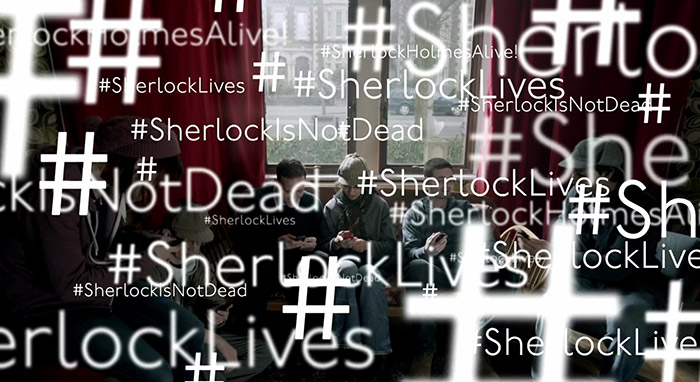
Audience involving strategies in Sherlock
VIDEO-ESSAY. Fans of the BBC’s Sherlock very actively have taken the show to their hearts. How does Sherlock succeed in involving its worldwide audiences in the show? In this video-essay Palle Schantz Lauridsen examines audience involving strategies within and around the show.
-
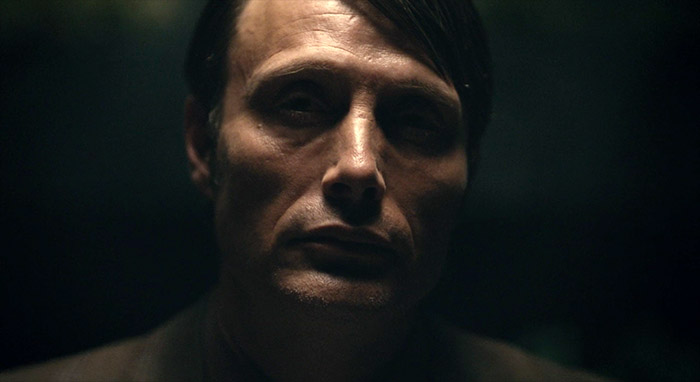
Hannibal’s Tasty Paradox
IN ENGLISH. Why do we rarely see him carry out the actual act of killing while we often get to see him eat a fancy dinner? Whenever the sadistic cannibal Hannibal Lecter enjoys another gourmet meal, this broadcast TV series displays culinary cannibalism with luxurious aesthetics that could rival most cooking shows. But why? Mads Møller Andersen analyzes the many appeals of NBC’s Hannibal and especially its food strategies.
-
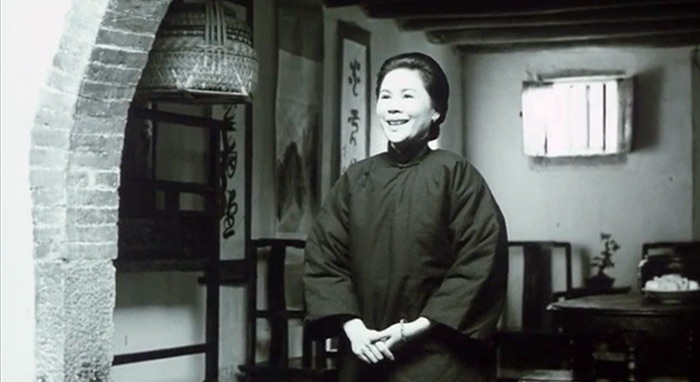
A Mere Formality
VIDEO-ESSAY. Hou Hsiao-Hsien is a great, but somewhat underappreciated Taiwanese auteur, known for his long takes and slow pacing. In this video-essay, Adrian Martin and Cristina Álvarez López explore his unique style as seen in a scene from the 1995-film Good Men, Good Women. Mirroring the tempo and attention to detail in Good Men, Good Women, this video-essay tries to capture the very essence of Hou Hsiao-Hsien’s aesthetic.
-
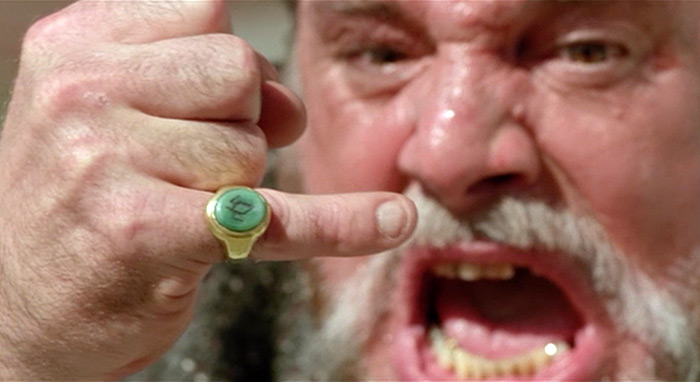
What’s the Frequency, David? Noise and Interference in the films of David Lynch
VIDEO-ESSAY. The films of David Lynch often feature electronic devices that don’t work and people who seem to be speaking ‘on different frequencies’. In this video-essay, Andreas Halskov explores noise, interference and faulty wiring as common elements in the works of David Lynch.
-
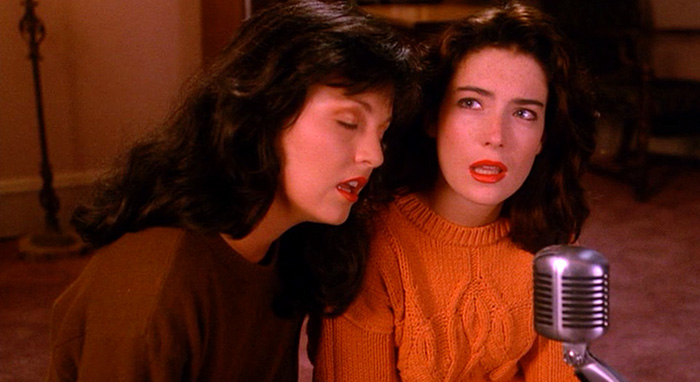
Between Two Worlds: The Competing Moods of David Lynch
VIDEO-ESSAY. David Lynch’ films are full of paradoxes, and in this video-essay Andreas Halskov deals with two of the Lynchian paradoxes (the genre paradox andthe register paradox), as seen in three of David Lynch’s famous productions: Blue Velvet (1986), Twin Peaks (ABC, 1990-1991) and Wild at Heart (1990).
-
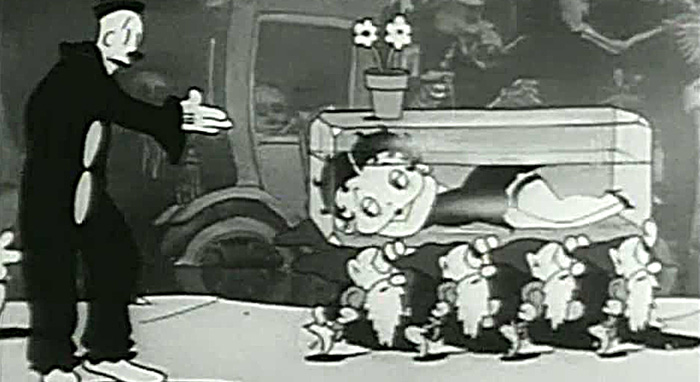
The Bizarreness of Snow White
IN ENGLISH. The animated version of Snow White, produced by Fleischer Studios in 1933, possesses a richly multifaceted oddness. It is a bizarre film full of digressions and inconsistencies, humorously riffing on the original fairytale. Ethan de Seife analyses this wonderfully bizarre film, which combines musical digressions with elements of both surrealism and realism.
-
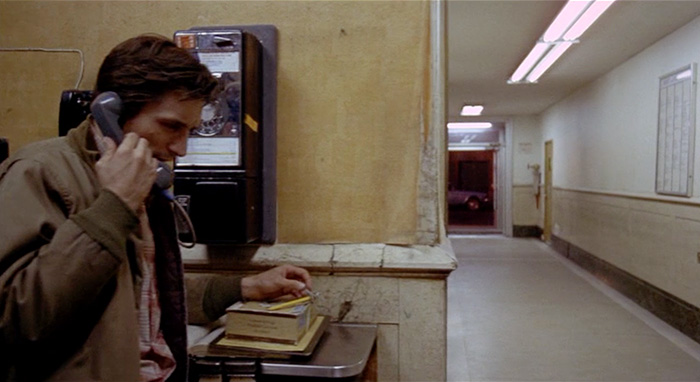
Camera Movement in Narrative Cinema
VIDEO-ESSAY. In this visual essay Jakob Isak Nielsen takes a closer look at the contribution of camera movement to “the language of cinema”. He suggests that any camera movement will serve one or more of six proposed functions.
-
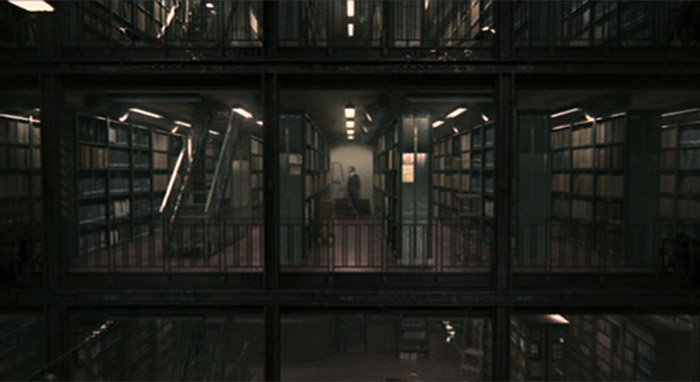
The Design Program and Color Palette of Tinker Tailor Soldier Spy
IN ENGLISH. An unlikely route to originality: see how the unusual visual design and color pallette of Tinker Tailor Soldier Spy is inspired by Erwin Fieger’s photographs.
-
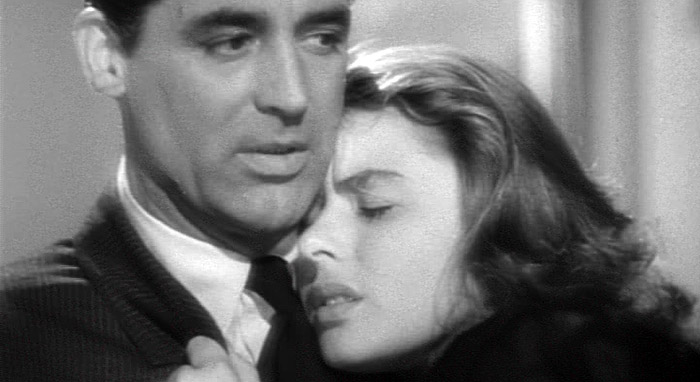
Inside, Around and About Notorious
IN ENGLISH. Alfred Hitchcock’s classic Notorious (1946), starring Cary Grant, Ingrid Bergman and Claude Rains, demands that we explore free-floating responses to its tormented triangle of characters. In terms of genre, is it suspense thriller or romantic melodrama? Go inside, around and about the film with Adrian Martin and explore its style, meaning and form.
-

Quiet Qualities and Qualified Quietude: The Sound Design of Gravity
IN ENGLISH. In space no one can hear you scream. This presents an audiovisual paradox. Because how does one create an auralverisimilitude in a space film, if virtually no sound is heard in outer space? In this article Andreas Halskov focuses on the sound of Alfonso Cuarón’s Gravity (2013), a sound design or sound score which in many ways is similar to that of Stanley Kubrick’s 2001: A Space Odyssey (1968).
-

Names and Naming in John Ford
FEATURE. John Ford is commonly labelled as a ‘visual’ director who was careless about dialogue, even disdainful. However, Ford was not so much careless about words as concerned that they should be trimmed down, and earn their place. Here, Charles Barr argues that names, and acts of naming, are a central thread in his work. Ford is the master not just of the Western, but of the vocative case.
-
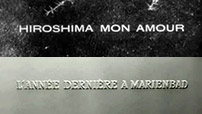
Modish Artifice versus Modern Art
FEATURE. Bert Cardullo makes a comparative re-viewing of two milestone movies directed by Alain Resnais: Last Year at Marienbad (1961) and Hiroshima, mon amour (1959). He discusses whether the modernist structure that characterizes both films (in different ways) is actually wedded to substantial meaning.
